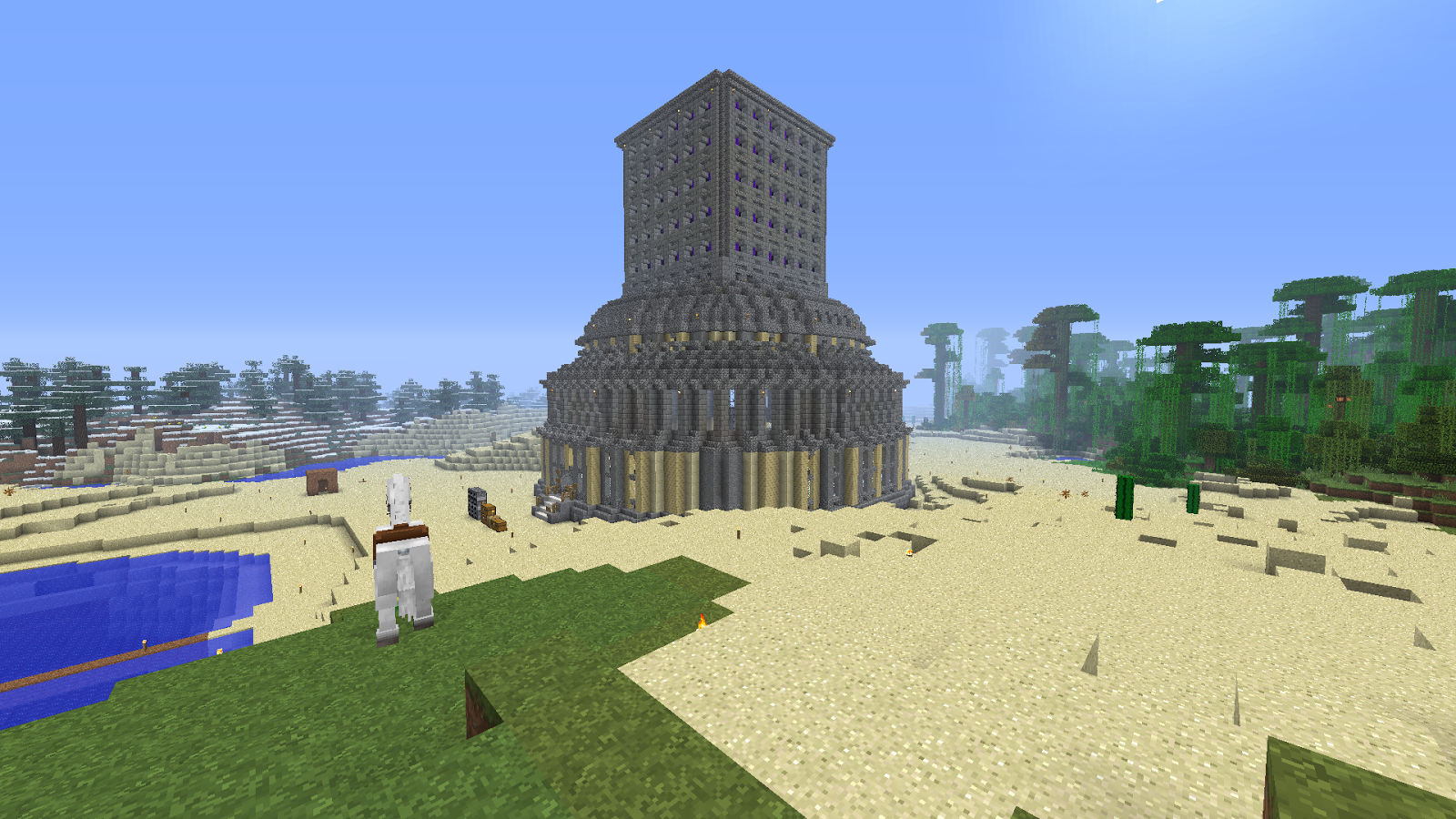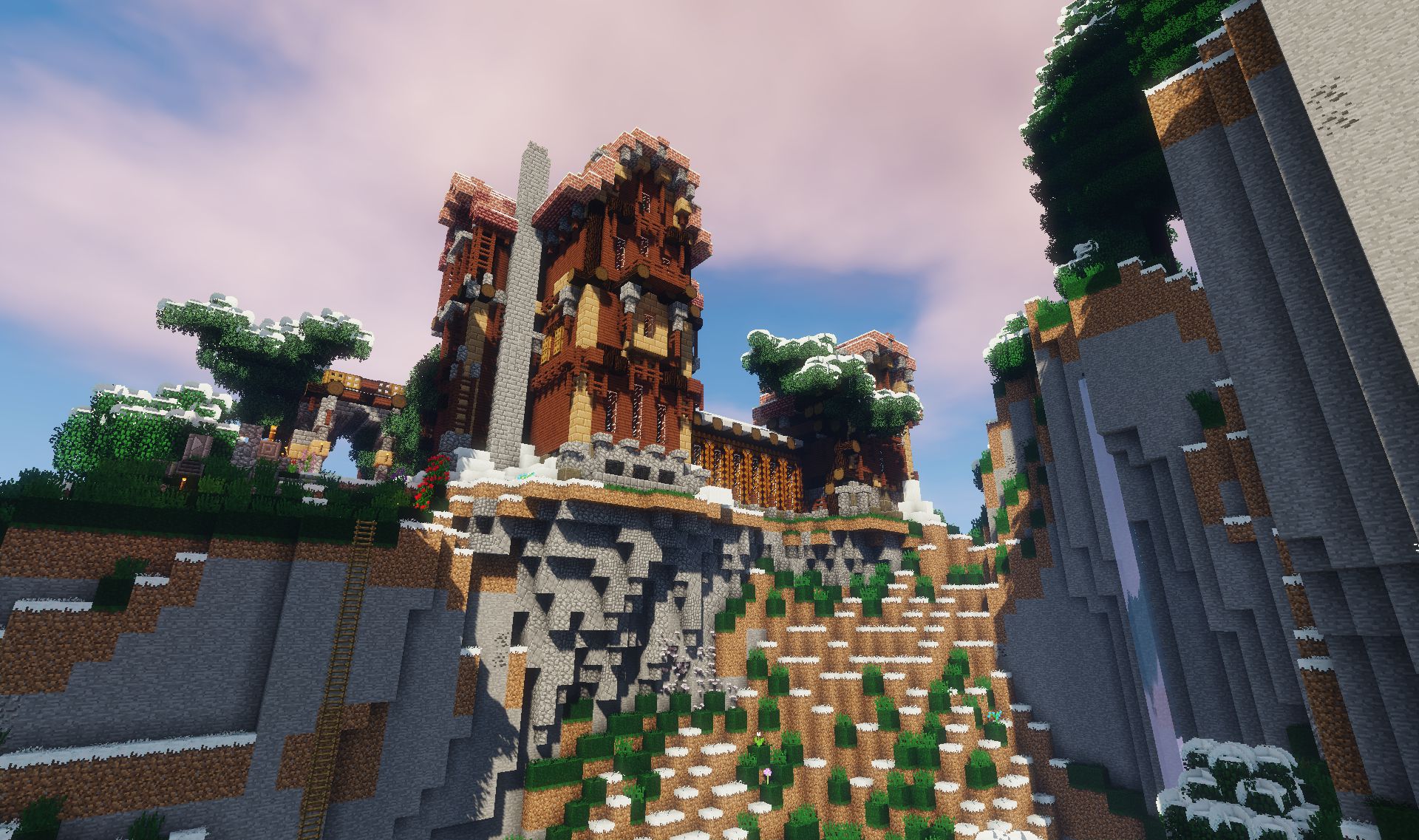Minecraft Architecture: Constructing Realistic Buildings And Cities

Executive Summary:

Minecraft architecture, a budding discipline that intertwines creativity, precision, and resourcefulness, has burgeoned into an intricate art form, captivation gamers and casuals alike. This comprehensive guide delves into the captivating world of Minecraft architecture, unveiling its essential elements and detailed aspects. It serves as a beacon of inspiration for novice and burgeoning architects, guiding them toward constructing awe-inspiring, realistic edifices.

Introduction:
The Minecraft universe, an boundless expanse of interconnected virtual building blocks, invites players from across the globe to delve into an uncharted territory of creativity and construction. From whimsical castles embodying medieval romanticism to colossal metropolises pulsating with modern vitality, the realms of Minecraft architecture delineates a myriad facets of the imaginative spirit.
Elements Of Realistic Minecraft Architecture
1. Planning & Design
Laying the groundwork for realistic Minecraft architecture demands meticulous planning and thoughtful design. Like traditional architecture, commence the process by envisioning the structure’s overall look, dimensions, and aesthetic principles. Creation of blueprints prior to construction, allocation of vital resources, and anticipation of potential obstacles stand as prudent steps toward successful execution.
-
Design: Research architectural styles, reference real-world edifices, and compile evocative concepts.
-
Scale: Consider the intended scope of the project, ensuring proportions remain balanced and harmonious.
-
Resources: Allocate various resources, like wood, cobblestone, and glass, in alignment with the architectural style.
-
Functionality: Merge aesthetics with functionality by designing interiors facilitating various activities.
-
Integrating Landscape: Harmonize structures seamlessly with the surrounding environment by incorporating natural features.
2. Blocks & Materials
Judicious selection of the appropriate blocks and materials serves as a cornerstone for realistic Minecraft architecture. Exploring the games diverse block catalog, architects uncover the unique properties of distinct materials. By blending blocks of varying textures, hues, and properties, diverse, intricate designs emerge.
-
Texture: Utilize diverse block texture to create depth and visual interest.
-
Color Palettes: Create harmonious color schemes, fusing colors that complement each other.
-
Material Properties: Comprehend how diverse materials interact with light and weather within Minecraft.
-
Detailing: Introduce intricate detailing, like bricks and stones, to imbue builds with realism.
-
Block Combinations: Experiment by blending blocks unexpectedly, yielding novel combinations with unique aesthetics.
3. Landscaping & Environment
Minecraft’s lush, virtual terrains offer an infinite canvas for landscaping and environmental design. By deftly integrating structures within diverse biomes, architects can create realistic scenes encompassing mountains, estuaries, and bustling cities. Attention to detail, including the deployment of vegetation, water particles, and texture packs, breathes life into virtual ecosystems.
-
Biome Awareness: Recognize the distinct characteristics of each biome, leveraging them for harmony.
-
Flora & Fauna: Integrate diverse flora and fauna, enriching the realism and diversity of the environment.
-
Terraforming: Alter the terrain to create hilly regions, valleys, and coastlines, injecting dynamism into the landscape.
-
Water Elements: Incorporate water features, such as rivers, lakes, and waterfalls, to add fluidity and energy to the environment.
-
Customizing Sky & Atmosphere: Employ shaders and texture packs to alter the sky and atmosphere, adding distinct moods and effects.
4. Interior Design & Functionality
Delving into the interiors of crafted structures, Minecraft architects ponder functionality and aesthetics. Thoughtful planning ensures interiors cater to intended purposes, fostering enchanting virtual domiciles. Room design, furniture layout, and intricate detailing are aspects pivotal in breathing life into these virtual spaces.
-
Room Design: Experiment with room layouts, proportions, and ceiling heights to create diverse, captivating spaces.
-
Furniture Crafting: Craft diverse furniture using blocks, signs, and items to customize interiors.
-
Lighting: Employ various lighting mechanics, including torches, lamps, and daylight sensors, to create realistic and atmospheric illumination.
-
Utility & Redstone: Merge functionality and style by incorporating Redstone circuitry for automation.
-
Decorative Details: Add bookshelves, paintings, and intricate detailing for an immersive lived-in feel.
5. Collaboration & Multiplayer Gameplay
Minecraft’s multiplayer dimension opens the door for collective creativity, inviting architects worldwide to collaborate on awe-inspiring projects. Teamwork allows gamers to pool resources, ideas, and construction prowess to bring forth grand, complex constructions. Building on dedicated servers or realms enables seamless cooperation and interaction.
-
Server Selection: Choose dedicated servers or realms with robust features and active communities.
-
Communication: Utilize chat features, voice chats, and online forums to communicate effectively with collaborators.
-
Assigning Roles: Establish roles and responsibilities within the team to ensure efficient collaboration.
-
Sharing Resources: Coordinate resource allocation and exchange to minimize wastage and delay.
-
Collective Problem-Solving: Engage in brainstorming sessions to overcome design challenges and technical hurdles.
Conclusion:
Minecraft architecture has emerged as a captivating expression of creativity and ingenuity, beckoning players to craft virtual worlds of breathtaking beauty. This guide serves as a comprehensive compendium of the essential principles, from meticulous planning and design to intricate detailing and harmonious environmental integration. By embracing these techniques and honing their skills through diligent practice, aspiring architects can transform the virtual landscapes of Minecraft into mesmerizing digital masterpieces.
Keyword Phrase Tags:
- Minecraft Architecture
- Realistic Structures
- Virtual City Building
- Creative Building Techniques
- Collaboration and Multiplayer Gameplay

Thanks for sharing this amazing article!!
This article really help me to improve my Minecraft architecture skills.
There is some useful information in this article, but it could be better organized.
I disagree with some of the points made in this article. I think there are better ways to build realistic buildings and cities in Minecraft.
This article is so inspiring. I can’t wait to try out some of these ideas in my own Minecraft world.
I find it hard to believe that this article was written by a professional architect. There are several inaccuracies and exaggerations.
Wow, this article is a masterpiece. I’m sure it took the author years to research and write.
I’m not sure why anyone would want to build realistic buildings and cities in Minecraft. It’s a game, after all.
Can you recommend any other articles or resources on Minecraft architecture?
I’m not convinced that these techniques will actually work. I think I’ll stick to my own methods.
This article provides a comprehensive overview of the principles of Minecraft architecture. However, it lacks specific examples and step-by-step instructions.
I’m so excited to try out these new techniques! I’ve always wanted to build more realistic buildings in Minecraft.
I appreciate the insights provided in this article, but I believe that creativity and personal style should also be emphasized in Minecraft architecture.
This article is inspiring me to think outside the box and experiment with different architectural styles in Minecraft.